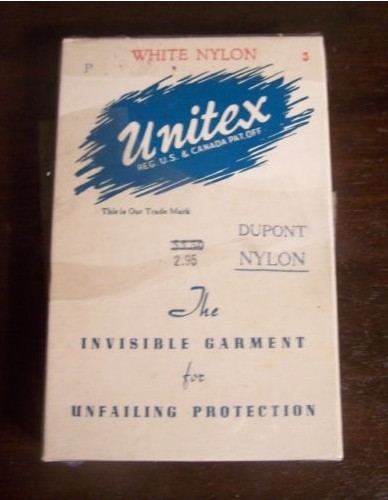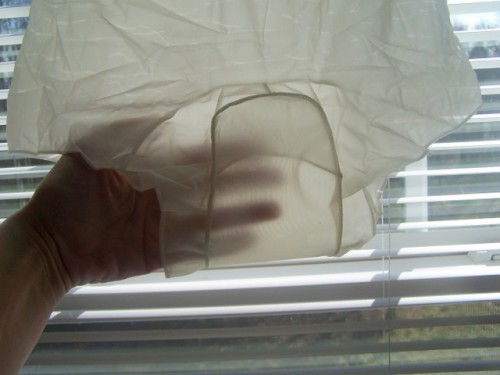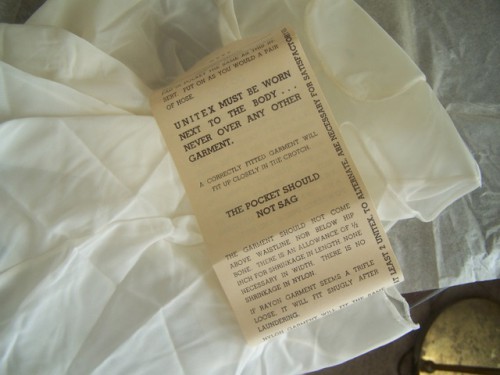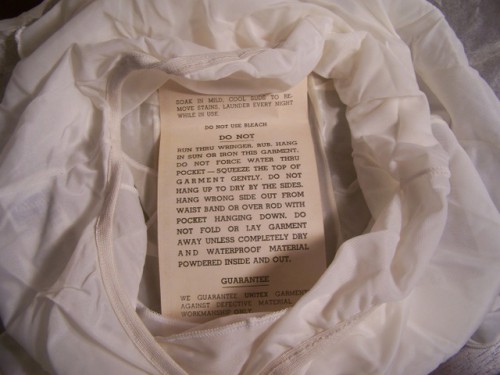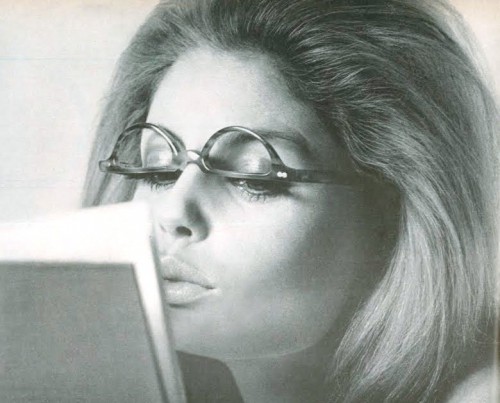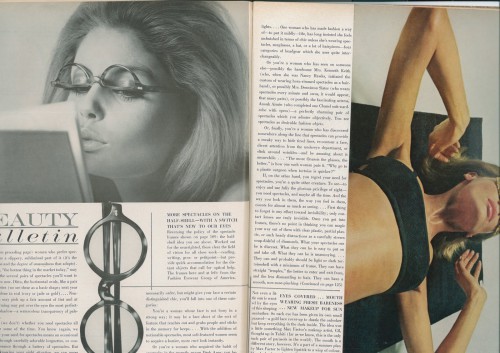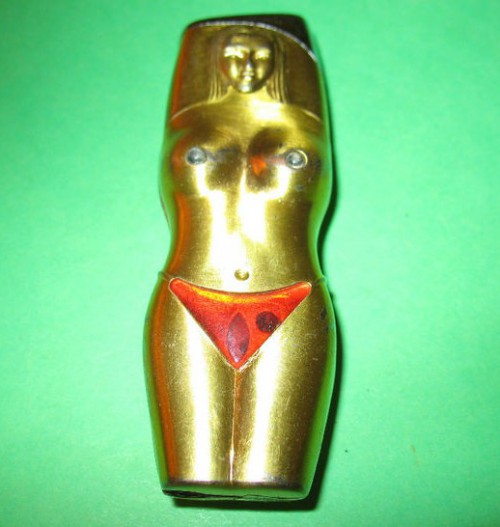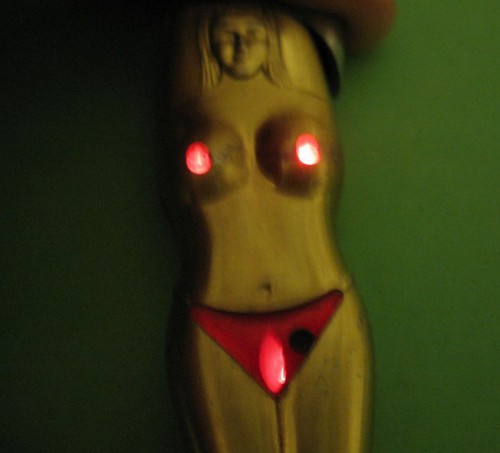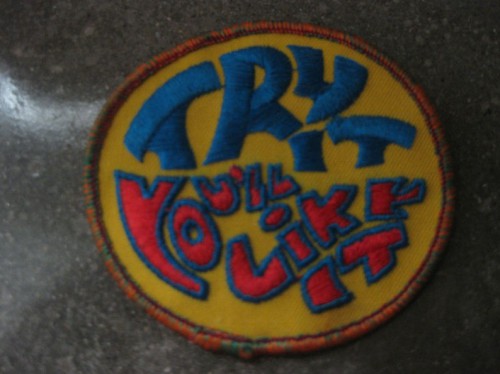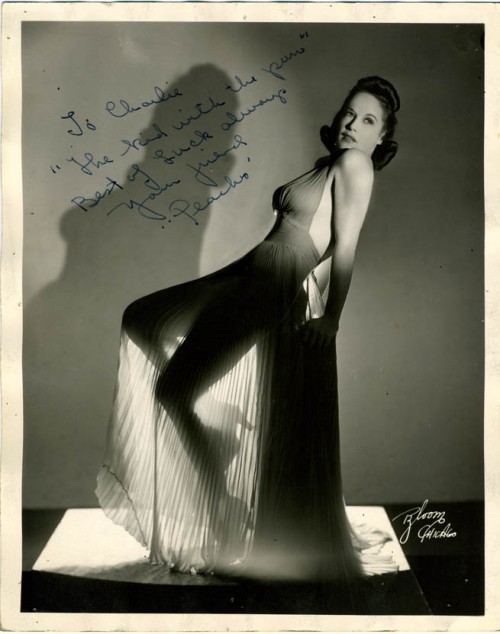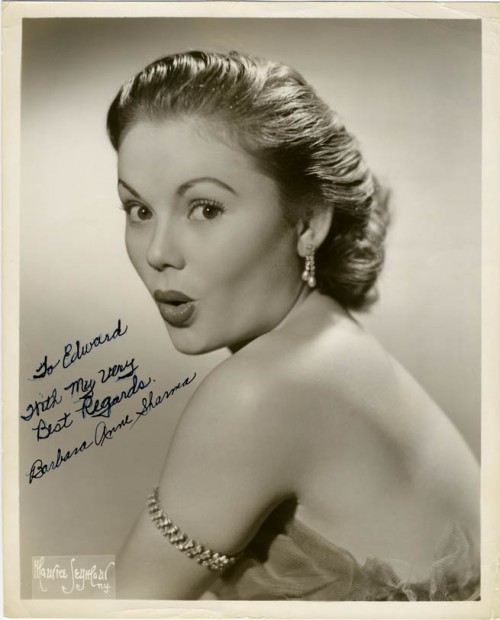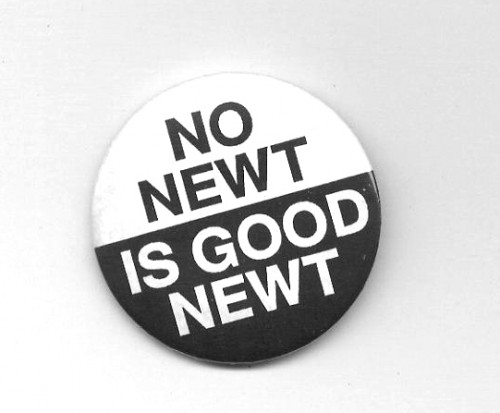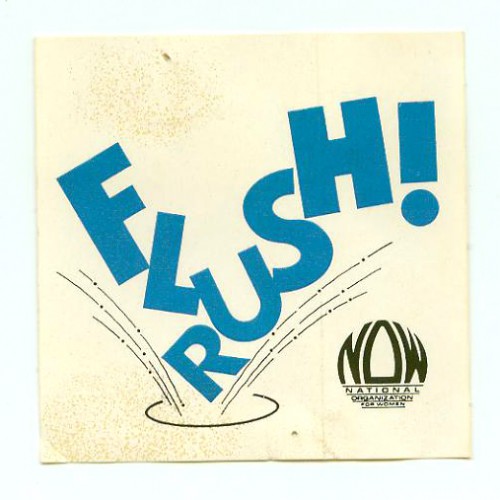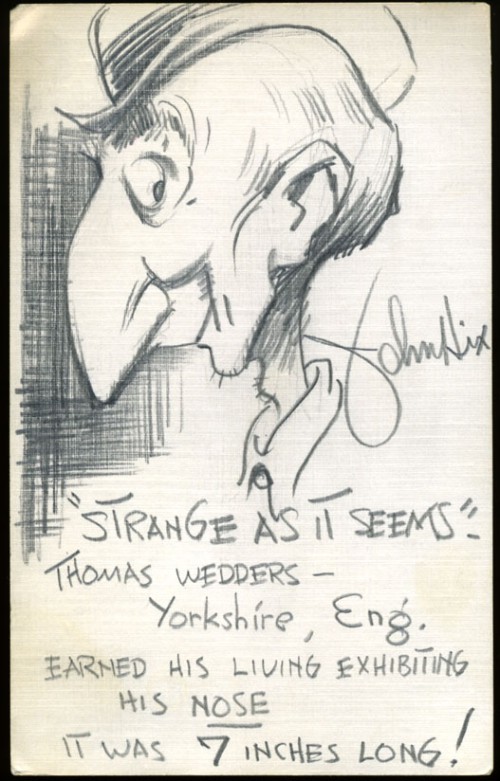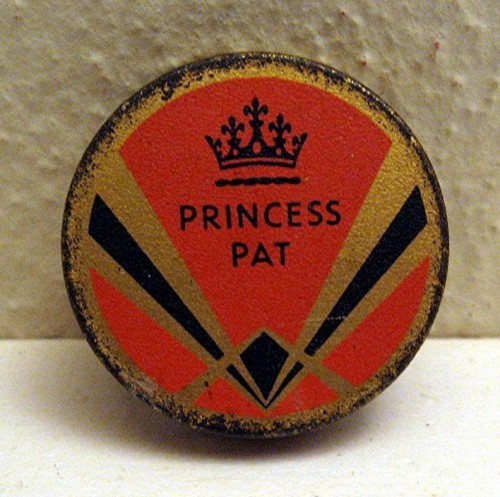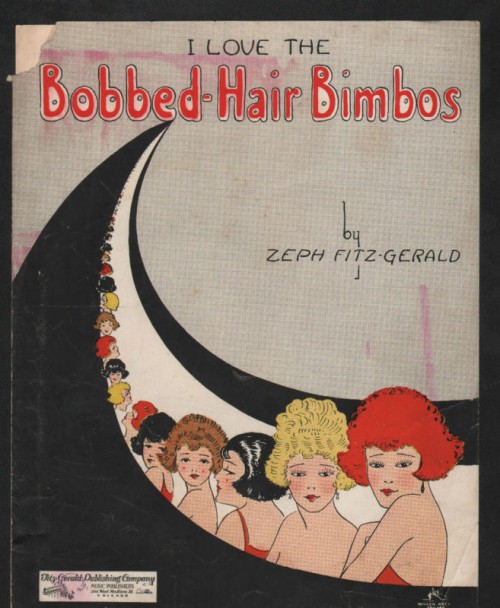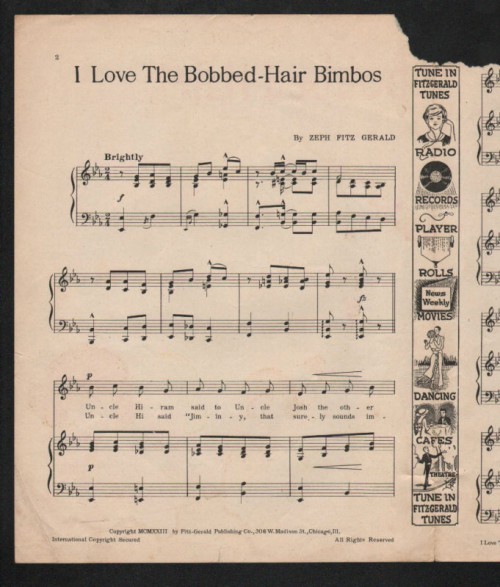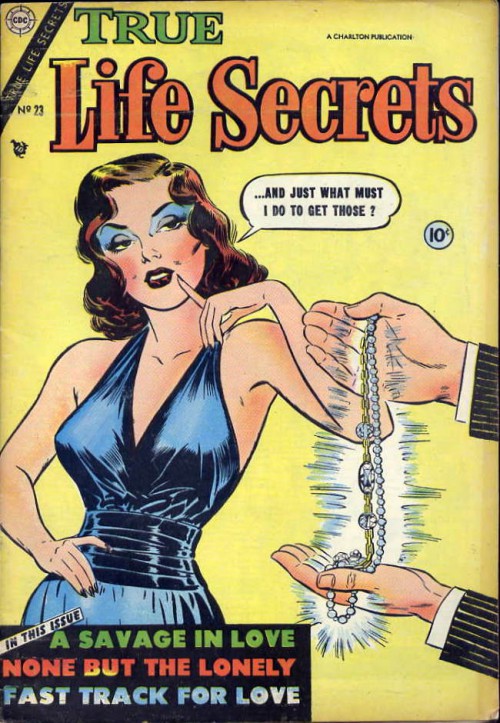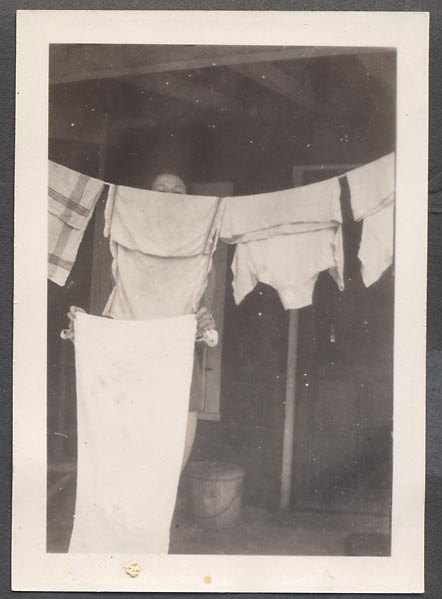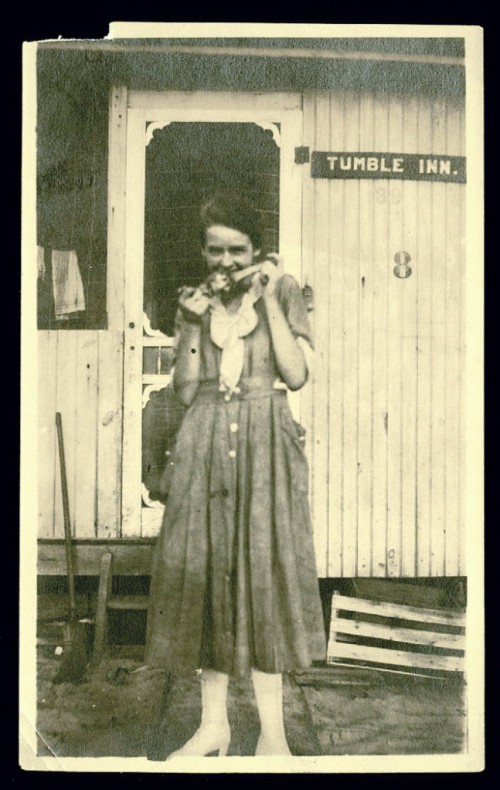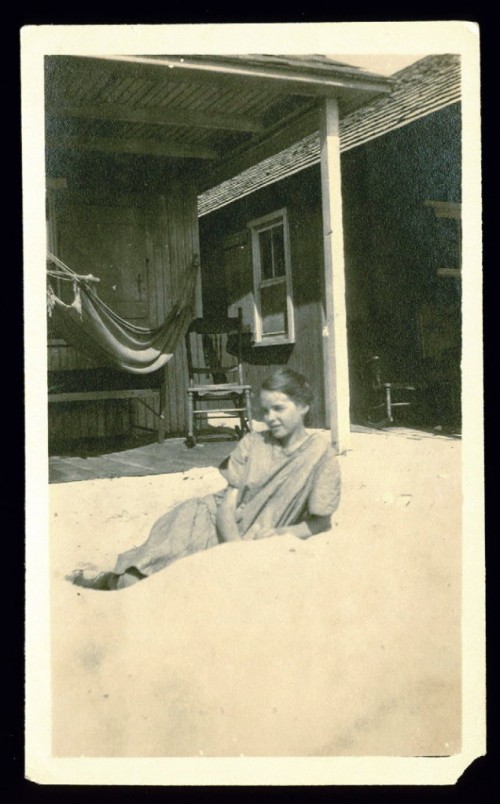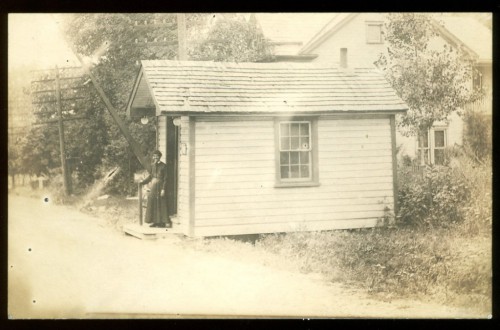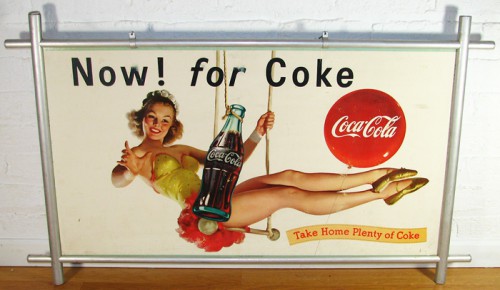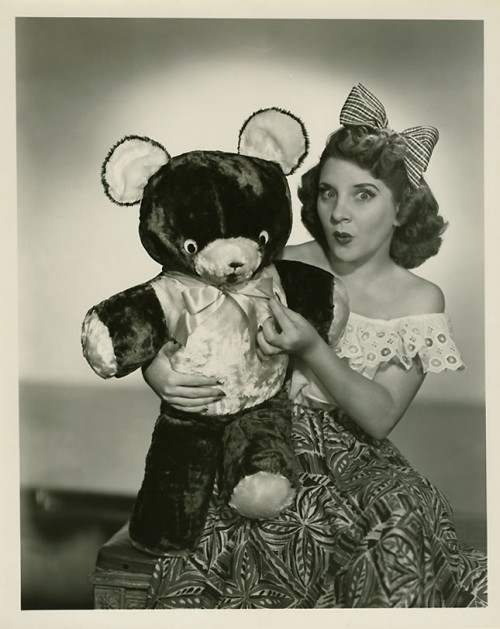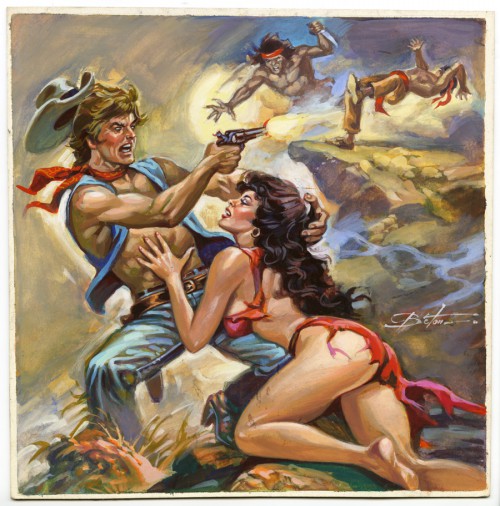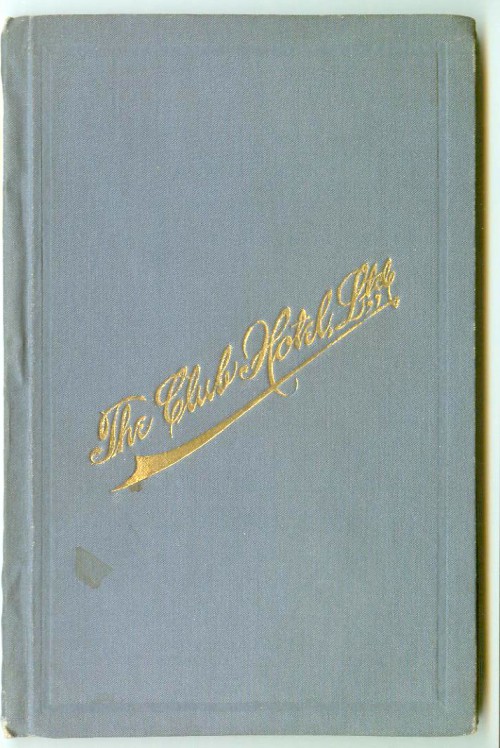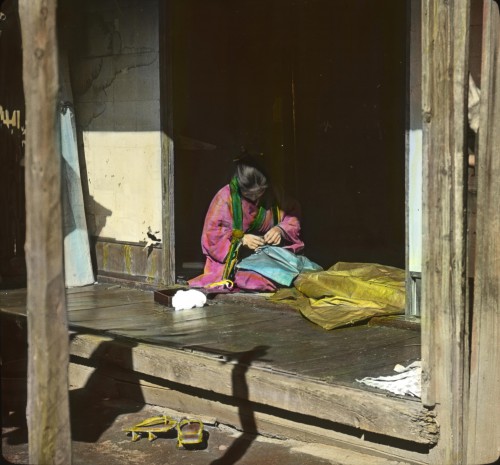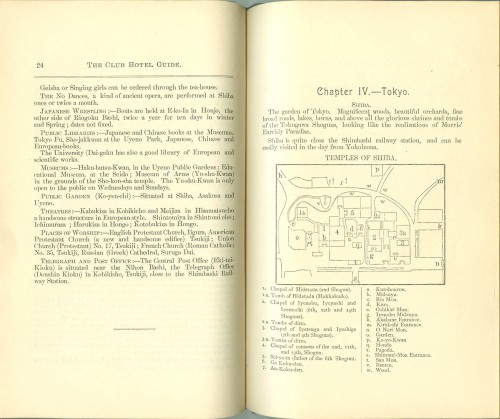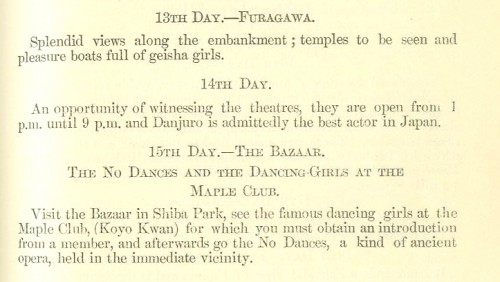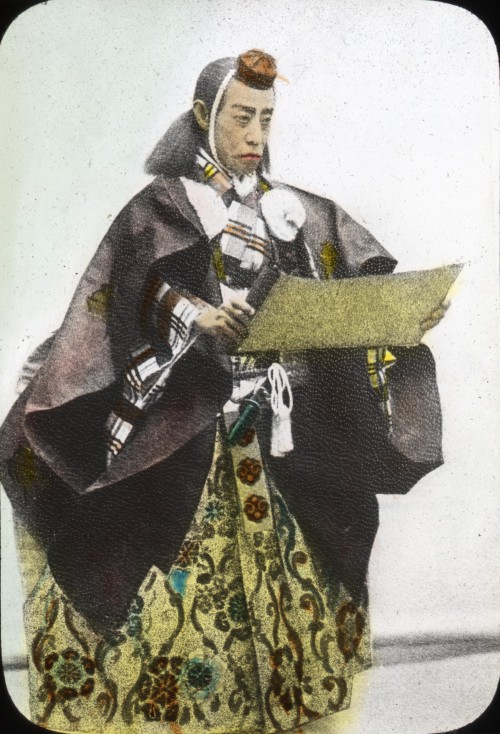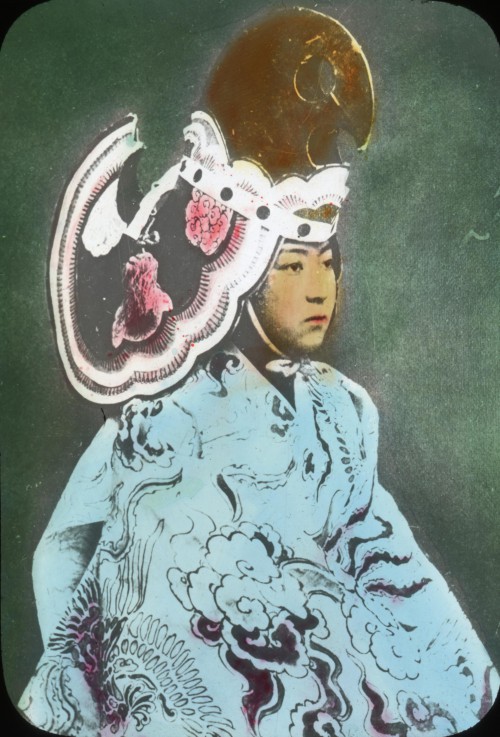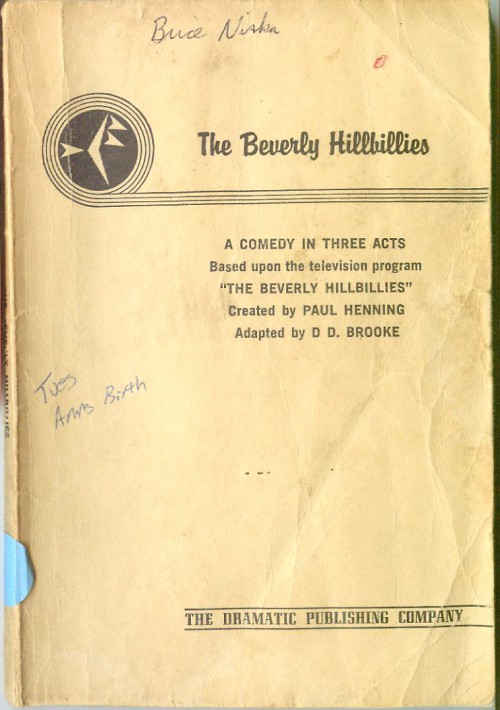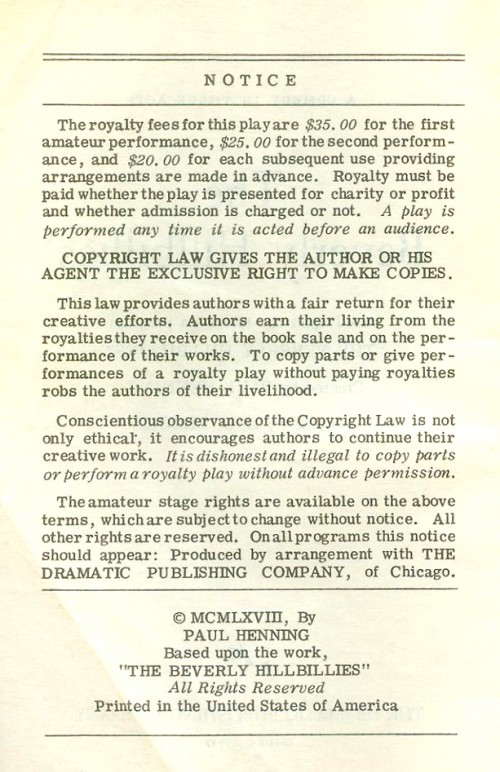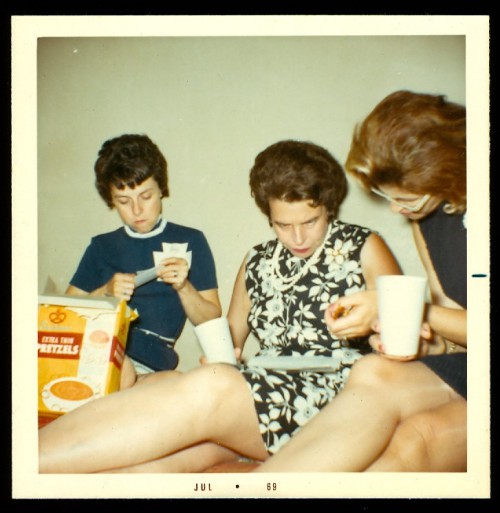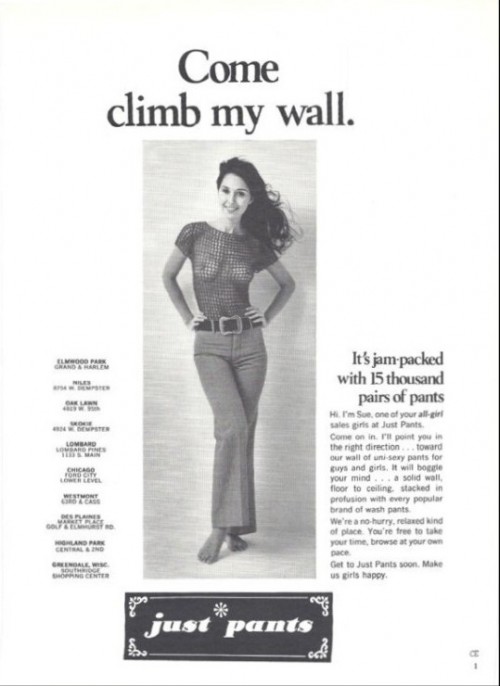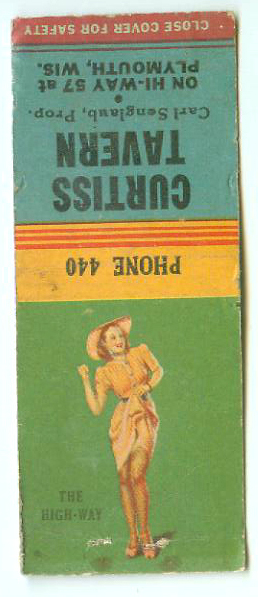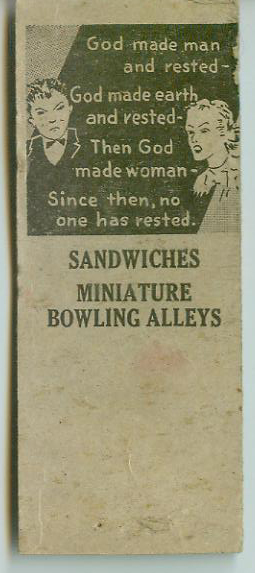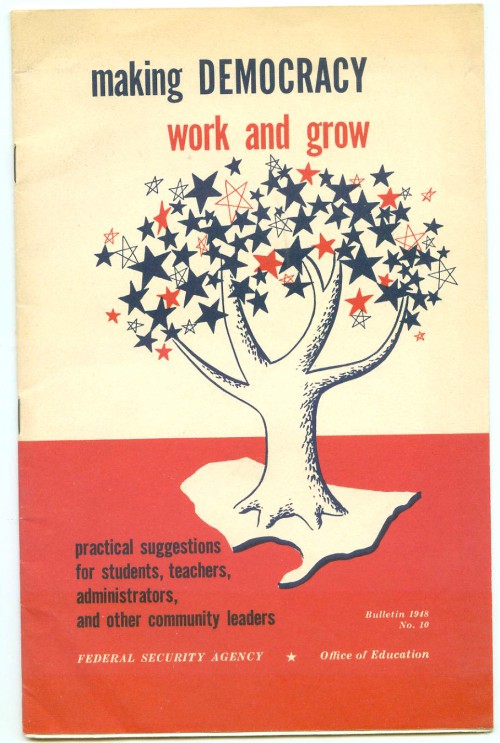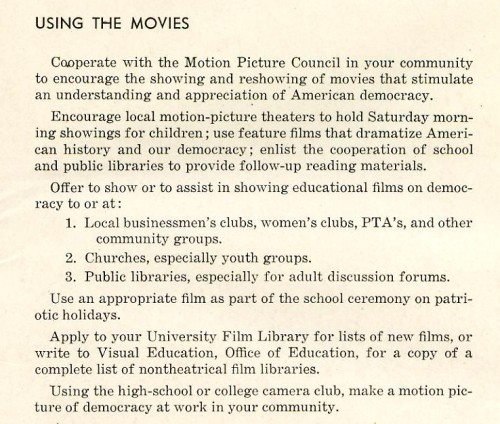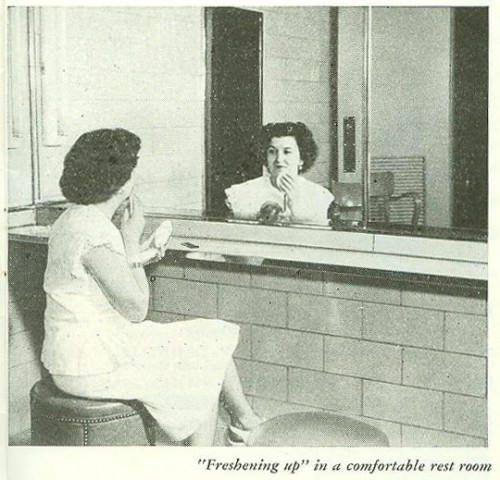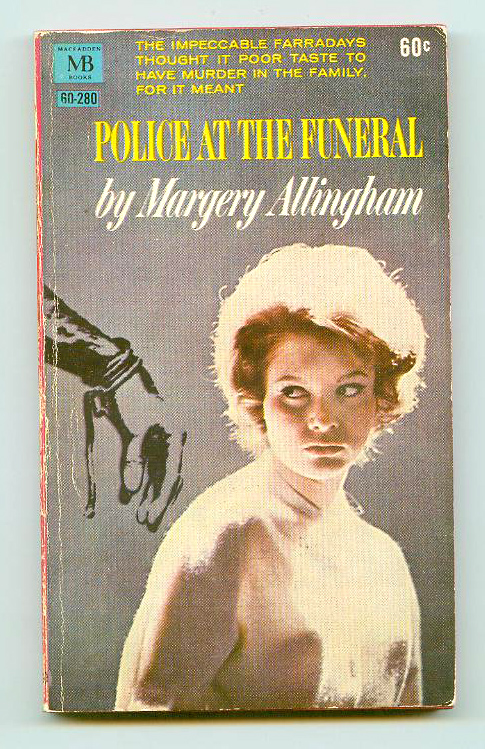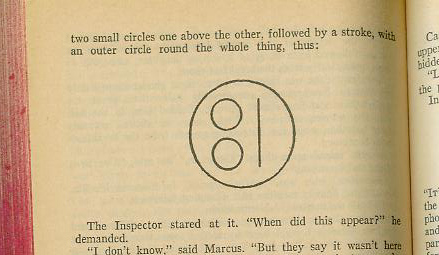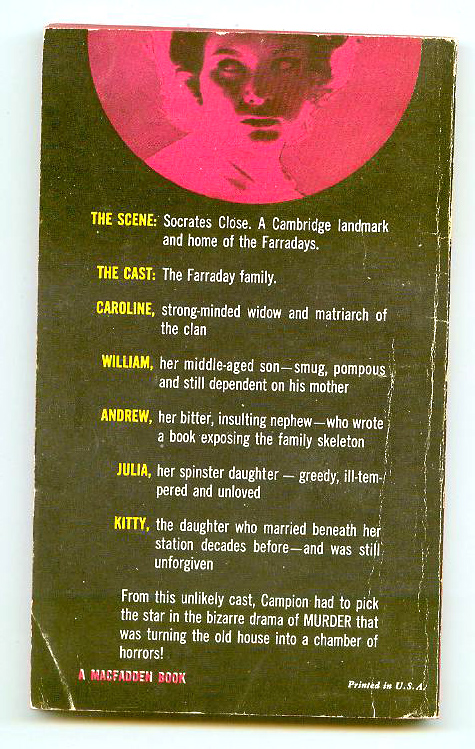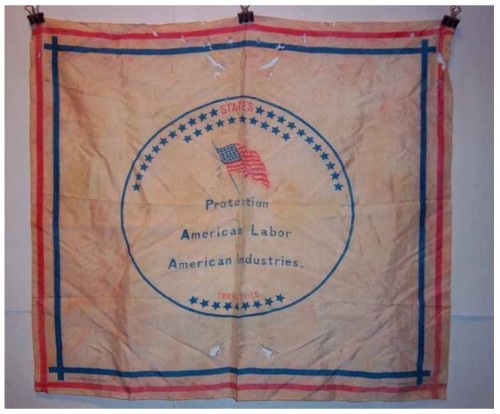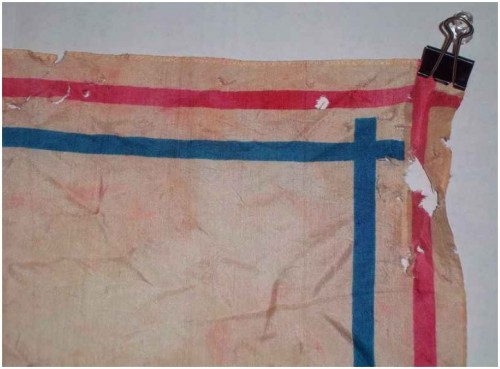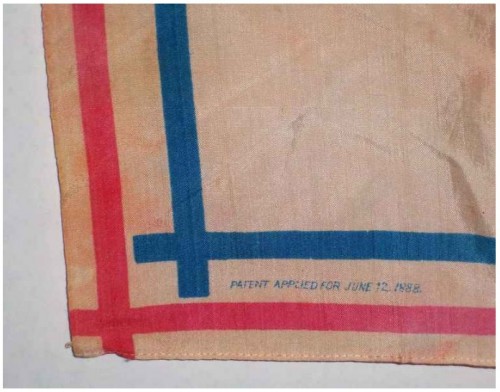Who wouldn’t fall in love with a vintage roulette wheel of pinups?
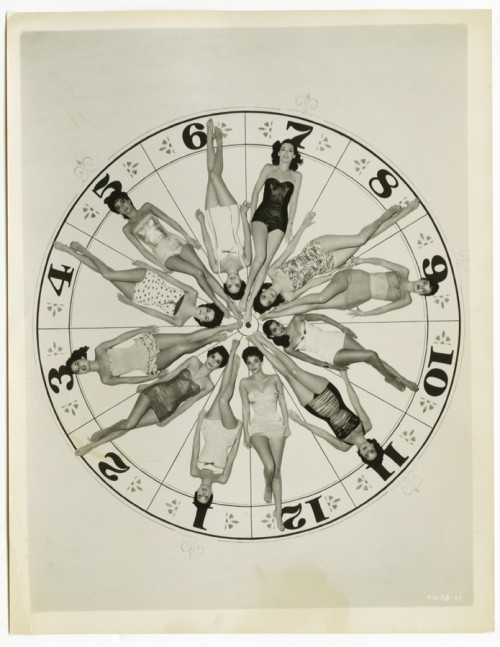
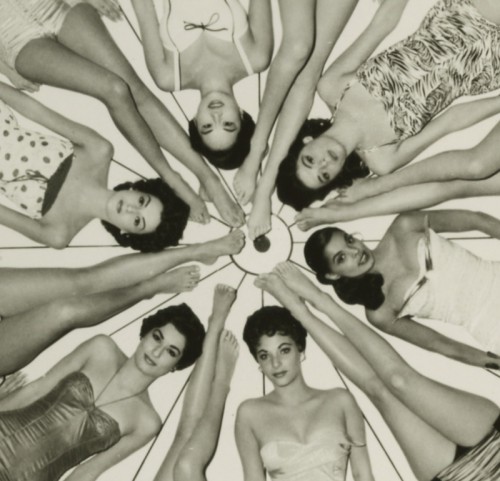
The seller (Grapefruit Moon Gallery ), says this in the item’s description (links added by me):
), says this in the item’s description (links added by me):
ITEM: You are bidding on a very rare vintage pin up photograph of African American 1955 Hollywood sensation, and later boulevard of broken dreams archetype Vera Francis and a number of other showgirls as a proverbial roulette wheel where every spin is a winner. Measures 8″ x 10″
We are happy to be offering examples from the archives of Vera Francis, who was called a Hollywood Tragedy after being blacklisted from the screen for allegedly selling stories to the scandalous tabloid Confidential, about the inappropriate behavior of her often white co-stars and superiors. But the real tragedy of her career is that despite appearing in movies throughout the early 50s and being splashed upon magazine covers (Jet and Ebony notably) for her breakthrough role in “The President’s Lady” a story about the interracial affairs of American president Andrew Jackson, her name isn’t even featured in imdb for many of her known parts. The combination of her outspoken role in civil rights (Lena Horne was her oft mentioned hero), her “loose talk” and the scarcity of roles for black actresses in the 1950s meant that she disappeared quickly from the scene. However, she retained a lot of her allure in African American theater communities, performing in touring productions throughout the 1950s and 1960s and appearing in cabarets and as a model and pitch woman.
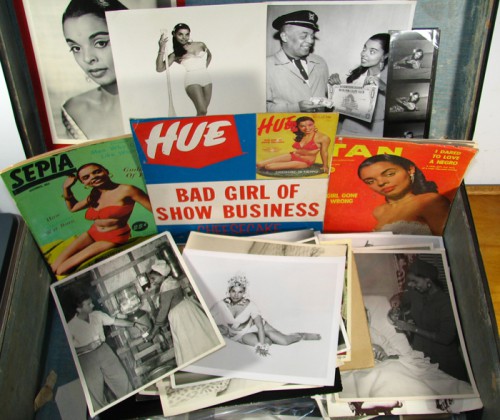
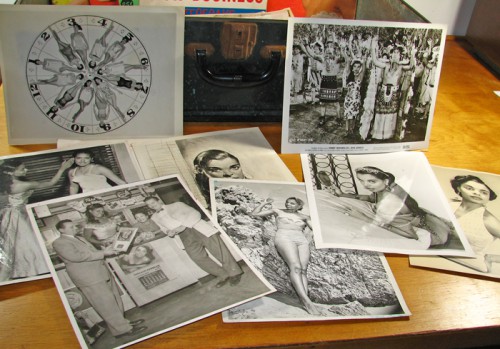
I was intrigued…
According to the San Mateo Times (September 30, 1954), the photo isn’t a true movie still, but promotional photo for MGM’s film, The Prodigal, sent out on the AP.
Researchers working on “The Prodigal” discovered that beautiful girls were the stakes in a gambling game popular in ancient Damascus of about 70 B.C., and so this wheel of feminine fortune was incorporated in the movie now being made at M-G-M. The girls will wear Damascus costumes in the movie, but for this photo the studio dressed the beauties in modern swim suits. The girls, all from Southern California and all making their movie debuts are: (1) Nancy Chudacoff, (2) Alice Arzaumanian, (3) Jolene Burkin, (4) Bobbie White, (Barbara White, (6) Aen-Ling Chow, (7) Marion Ross, (8) Patrizia Magurao, (9) Marjory May, (10) Vera Francis, (11) Jeanette Miller, and (12) Sheela Fenton.
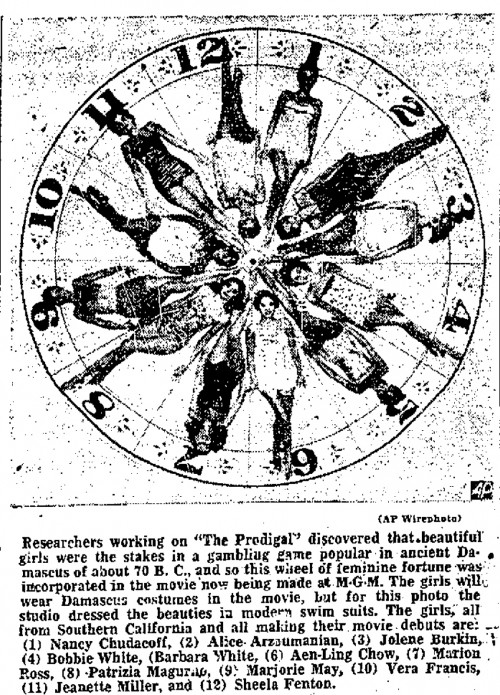
But who was Vera Francis?
In the Encyclopedia of African American Business: Volume 2, K-Z, Vera is a single line entry, listed among the “pioneer models” which drove the development of the Barbara Watson Charm and Model School. In Style and Status: Selling Beauty to African American Women, 1920-1975, she’s merely a “Los Angeles model” quoted along with a few other models quelling the fears of middle-class magazine readers, of the non-white variety, that “the image of models as reckless party girls with loose morals was much exaggerated.” Vera’s comment was “I always keep a regular job, it’s one sure way of staying out of trouble.”
What were Vera’s “regular” jobs? According to the September 25, 1952 issue of Jet magazine, which contains a profile of the young starlet, “Curvaceous Vera Francis, a Hollywood nurse and model, is the comely girl who will steal the affections of Susan Hayward’s husband in the forthcoming 20th Century-Fox film, The President’s Wife the life story of Mrs. Andrew Jackson. Best known for her magazine photo stints, Miss Francis is a Boston-born beauty who worked as a dental assistant and later a nurse for Jeanne Crain‘s children before getting a movie break.”
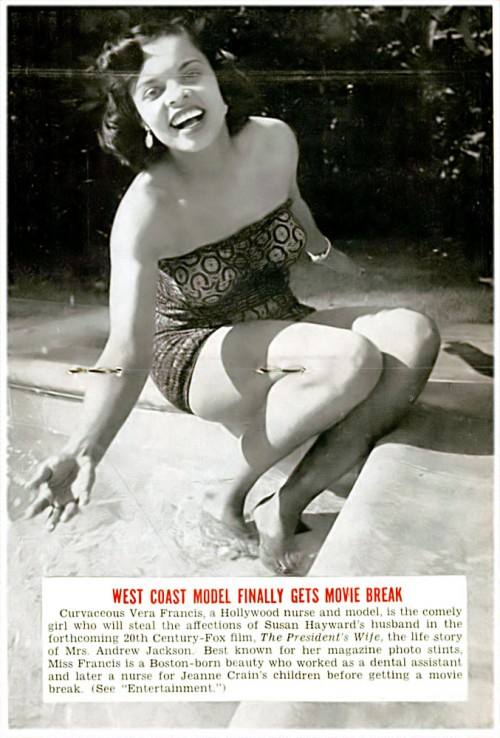
But sadly, there’s not much more known about Vera — despite the fact that, at least since 1952, Vera Francis was a staple on the covers (and pages between) of Jet, Hue, Sepia and other magazines for persons of color.
So, you know me, I obsessively set about researching Vera Francis, trying to create a biography…
However, I can’t honestly call this a biography; it’s more of a Vera Francs timeline at this point as most of what little (too little) I found is centered on gossip and one-line bits of info. However, given that Vera was a starlet, one can’t entirely ignore the gossip; that’s the only way one really finds more photos. In the Jet pages especially, you’ll see that Vera’s “loose talk” was probably based on some pretty hot action — along with movie talk and other gigs, there was plenty of gossip to rival the starlet’s “staying out of trouble.” Clearly, Vera was out and about, making the scene, hoping to make it in Hollywood.
[If you take these images to post elsewhere, please credit me with a link — I spent more hours than you want to know researching, scanning, cropping, editing this!]
The Vera Francis Timeline
The Daily Gleaner, Jamaica, April 11, 1935, Vera and Beryl Berth were arrested by Detective Hutchinson on a charge of selling ganja.
The Daily Gleaner, June 1, 1935, Vera Francis was “fined five pounds or two months hard labor for a breach of the Dangerous Drugs Law, to wit, selling ganja.” (No mention of Beryl.)

The Daily Gleaner, July 27, 1936, Miss Vera Francis is mentioned in a recital and is listed as being from Boston, U.S.A.
Oakland Tribune, July 13, 1937, Vera was mentioned as an NBC staff actress to take on the roll of Molly Pitcher on the Professor Puzzlewit program.
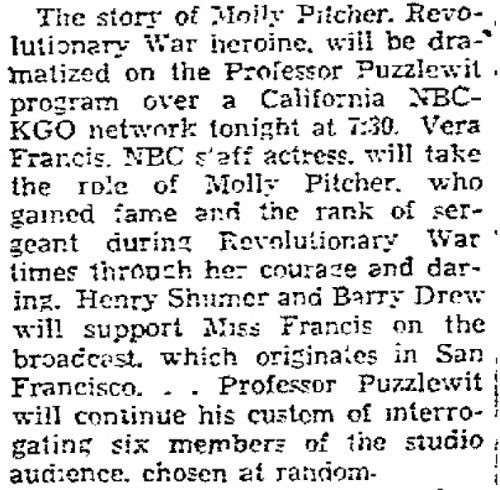
Jet, September 25, 1952: Announcing Vera’s role in the interracial romance film The President’s Lady.
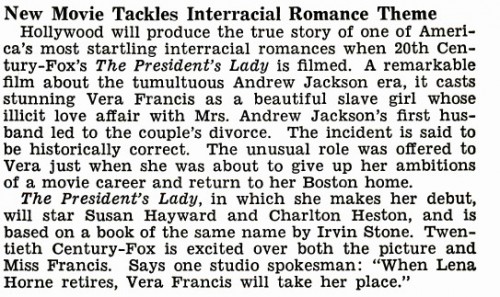
Jet, October 16, 1952: Featured in “Why Brownskin Girls Get The Best Movie Roles.”
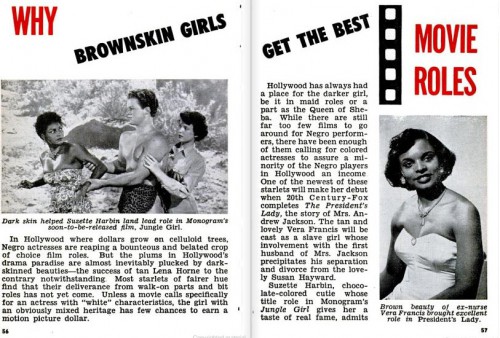
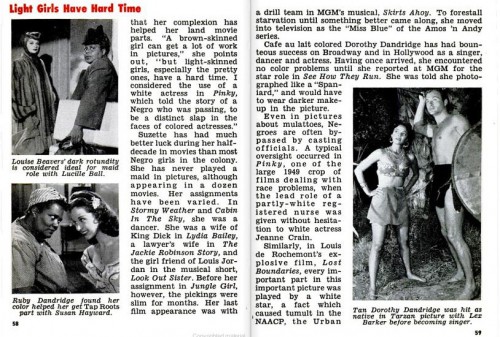
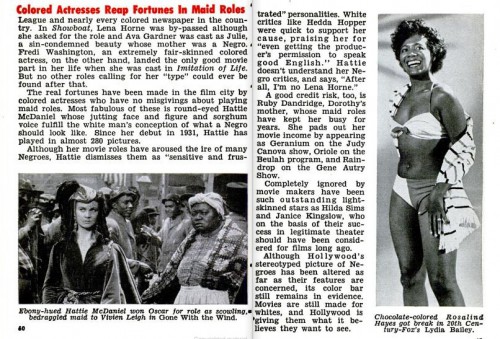
Jet, September 25, 1952: In press about The President’s Lady, a studio spokesman says, “When Lena Horne retires, Vera Francis will take her place.”
Jet, February 19, 1953: Photo caption reads:
Rock-A-Bye Baby: Midget liquor salesman Frankie Dee proved a real attention-getter when he turned up at New York City’s Beaux Arts ball in diaper attire. Actress-model Vera Francis and actor Jimmy Edwards made it a family threesome by obliging “baby” Frankie with his bottle.
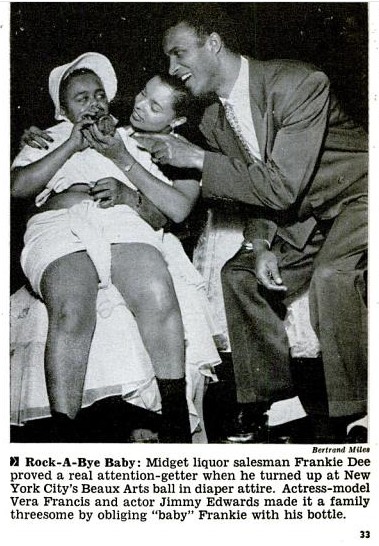
Jet, April 16, 1953: when returning to Hollywood, “received offers as high as $100 for her address book that contains names of New York’s bachelors.” (Foreshadowing of the Confidential scandal?)
Jet, August 27, 1953: A guest at a birthday party for Lucky Millinger — Millinder is fed cake by “hi-de-ho” bandleader Cab Calloway while Francis and others look on.
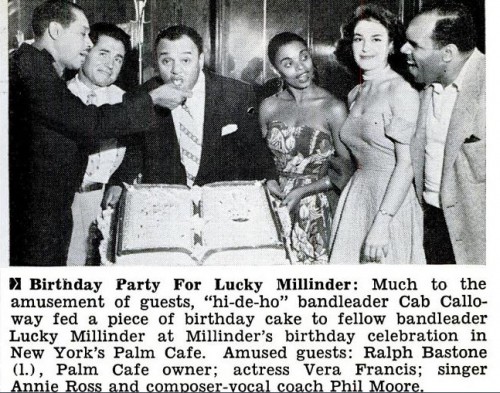
Jet, September 10, 1953: Vera Francis crowns Betty Elaine Parks “Miss America” in an Elks Beauty Contest in Atlanta.
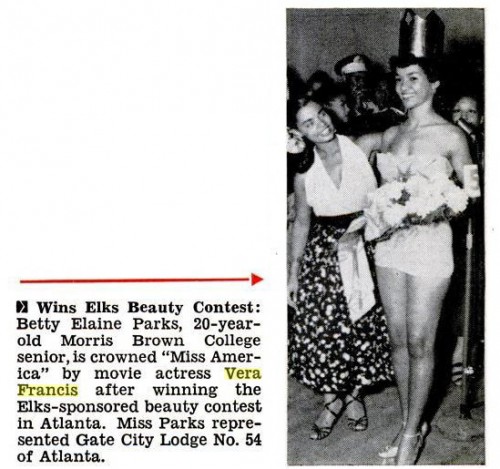
Jet, Sepembert 17, 1953: The actress is featured in the article “Why Hollywood Won’t Glamorize Negro Girls.”
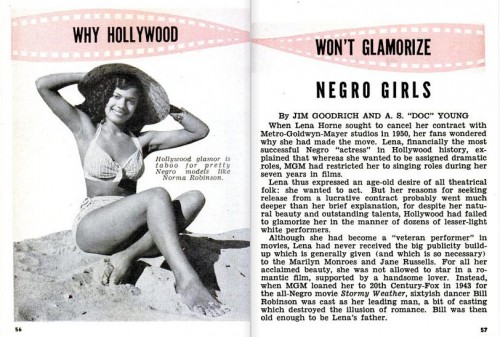
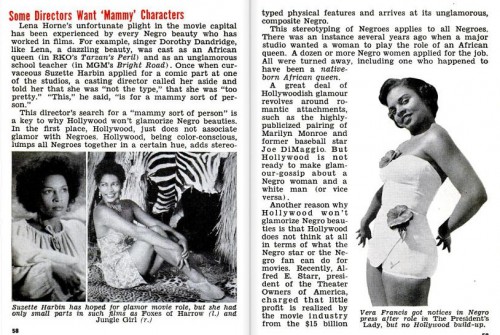
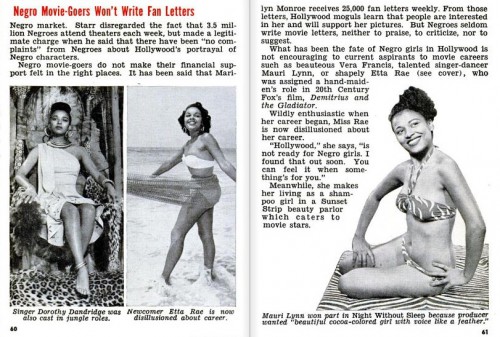
Jet, October 8, 1953: Talking About “Exotic Vera Francis who does public relations work for a national cosmetics account. She was assigned to demonstrate the beauty products in an Atlanta five and ten, but when the store managers, who had asked for her, discovered that the movie starlet’s features were brown, they quickly called off the deal.”
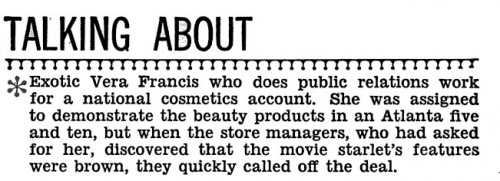
Jet, November 26, 1953: “Movie actress Vera Francis lost her job as assistant to disc jockey Jack Walker. He fired her for not having ‘humility’.”
Jet, May 6, 1954: At the Shalimar Cafe party for disc jockey Tommy Smalls “Joe Louis is fed by Delores Parker, Vera Francis.”
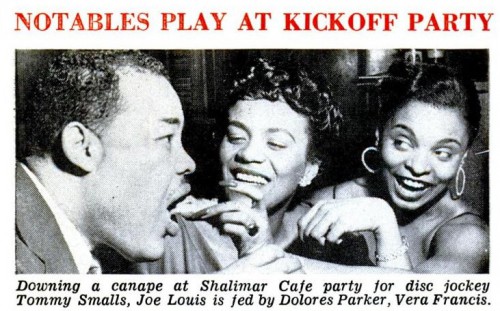
Jet, May 13, 1954: Caption for the photo reads Elephant Girl: Turning out for the spring arrival of Ringling Brothers, Barnum and Baily Circus in New York, film actress Vera Francis and comedian Nipsey Russell visit with a friendly elephant named Ruth. Vera climbed aboard but Russell played it safe on the ground.
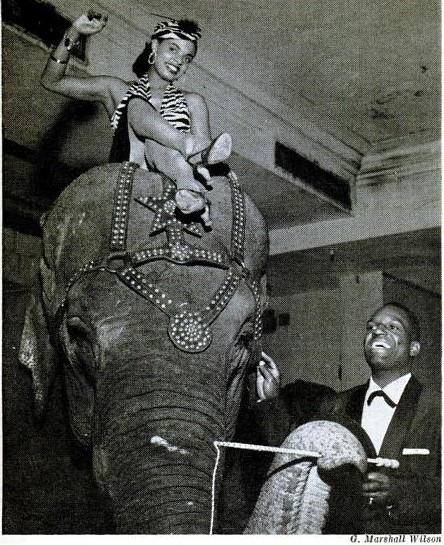
Jet, April 22, 1954: The actress has “midgets” Frankie Dee and Pee Wee Marquette fighting over her.
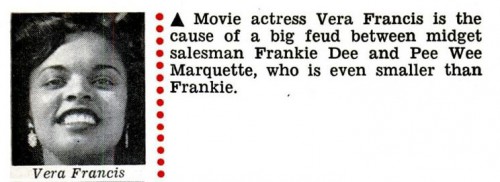
Jet, June 17, 1954: Caption for the photo reads “Cotillion Capers: A guest at the Cotillion Club’s annual deb ball in Detriot’s Graystone Ballroom, movie star Vera Francis gets an affectionate lift by admiring club members. Curvacious Vera recently embarked on a new career as a calypso-style song and dance entertainer.”
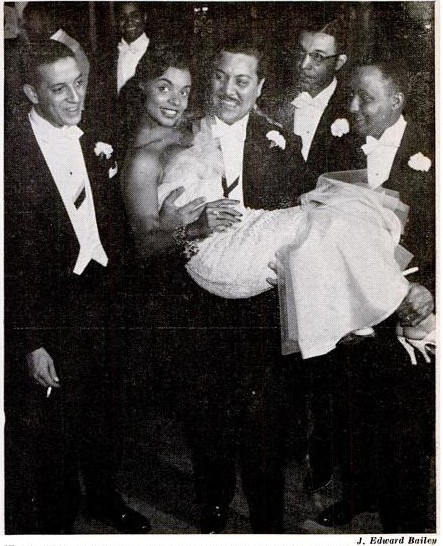
Jet, June 24, 1954: Poses for amateur photographers.
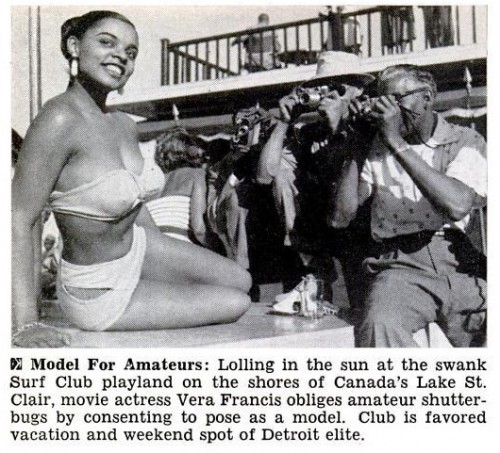
Jet, July 22, 1954: Sheesh — “Mose Thompson, the Detroit financier, who invited movie starlet Vera Francis to town for a little light balling only to have her snatched from his fingertips by dapper cigar huckster Sterling Hogan.”
Jet, Augus 19, 1954: Vera Francis and Juanita Moore, signed to portray women inmates in Columbia’s Women’s Prison.
Hue, August, 1954: Vera Francis photographed at the Surf Club “Puckered Up for Kissing”.
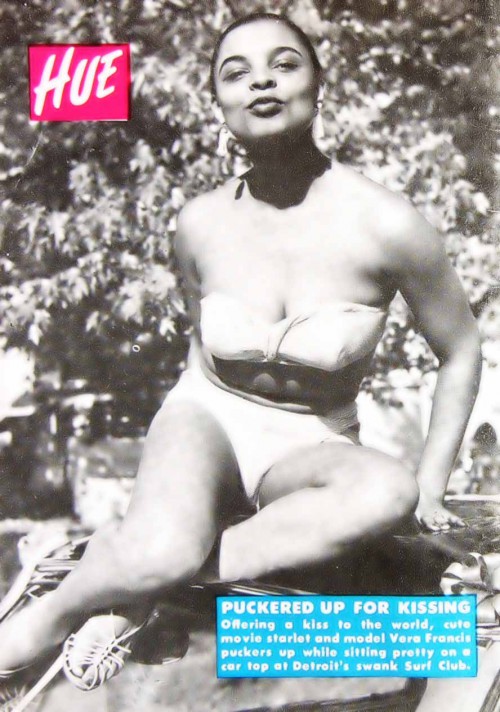
Jet, September 2, 1954: Said to play role of a jungle girl in the next series of Tarzan pictures.
Jet, September 30, 1954: Said she signs for a feature role as one of 12 international beauties in MGM’s Biblical movie, The Prodigal to play a “maid of India.” (The roulette wheel that started all my obsessive hunting.)
Jet, December 2, 1954: “Now that she has had several minor roles in Hollywood films, shapely actress-model Vera Francis has changed her stage name to Vieja.”
Jet, December 16, 1954: A note that the “model-actress” to appear in Kiss Me Deadly (a Mickey Spillane feature) and Universal-International’s Tracey (starring Anne Baxter and Rock Hudson — near as I can tell, eventually titled One Desire).
Sepia, December 1954: Vera Francis on the cover and the subject of a feature story.
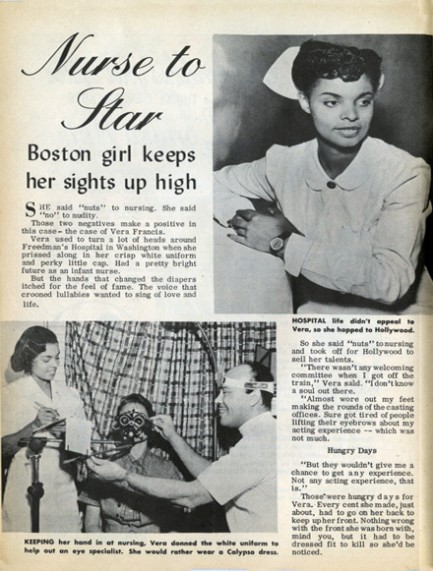
Jet, May 12, 1955: “Showgirl” Vera Francis adjusts Sammy Davis Jr.’s Windsor knot at the Harlem YMCA’s salute to Sammy.
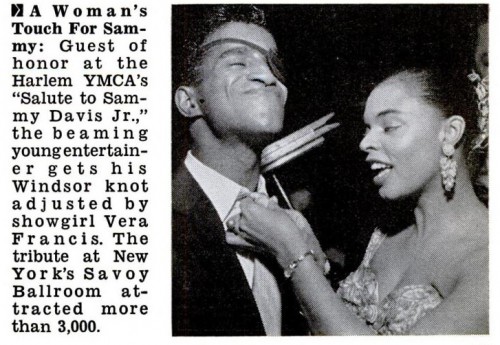
The Gleaner, March 17, 1955: “Vera steals the show” in Kitty Kingston’s Personal Mention column. Vera is said here to be “of Indian as well as Jamaican origin” which “thrilled” party guests, especially “the ten Government employees of Pakistan on UNESCO Fellowship.” Here Vera’s new professional name, “Veijah” is mentioned and stated as meaning “victory.” The films Vera is to be gearing up for are listed as The Ten Commandments, Kismet, The White Witch of Rose Hall, and The Jungle Drums, to be filmed in Tunisia for Italian Films.
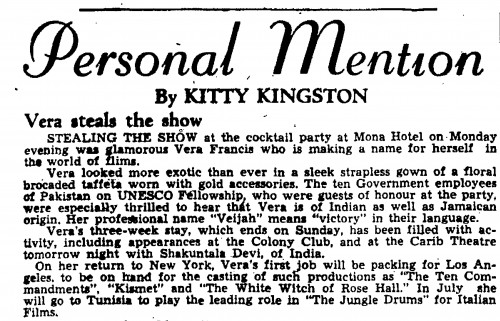
Also in that paper, an ad for Vera Francis appearing in person on the Carib Stage. (Note that Vera Francis is listed as “Jamaica’s Very Own” despite the paper saying in 1936 that she was from Boston.)
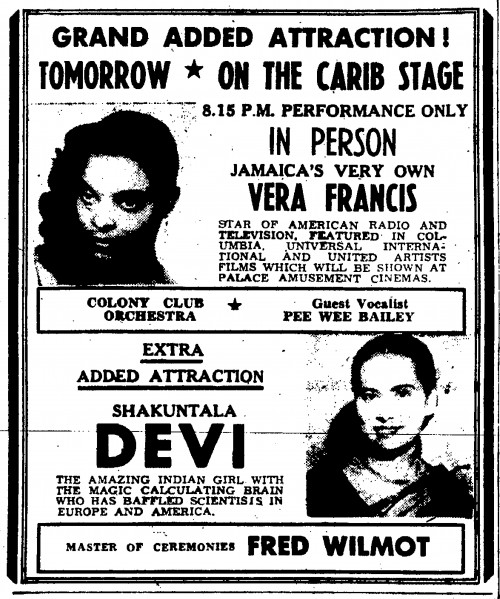
Jet, September 8, 1955: Francis “the movie bit player,” underwent a hernia operation at Cedars hospital, LA.
Jet, October 6, 1955: A note that Vera is rehearsing for a road company tour of the play Seven Year Itch. “She’ll wiggle her hips in the role that move actress Marilyn Monroe made famous.”
Lima News, August 24, 1957: In coverage of the Confidential libel scandal, Vera was named as paid informant regarding John Jacob Astor and Edward G. Robinson.
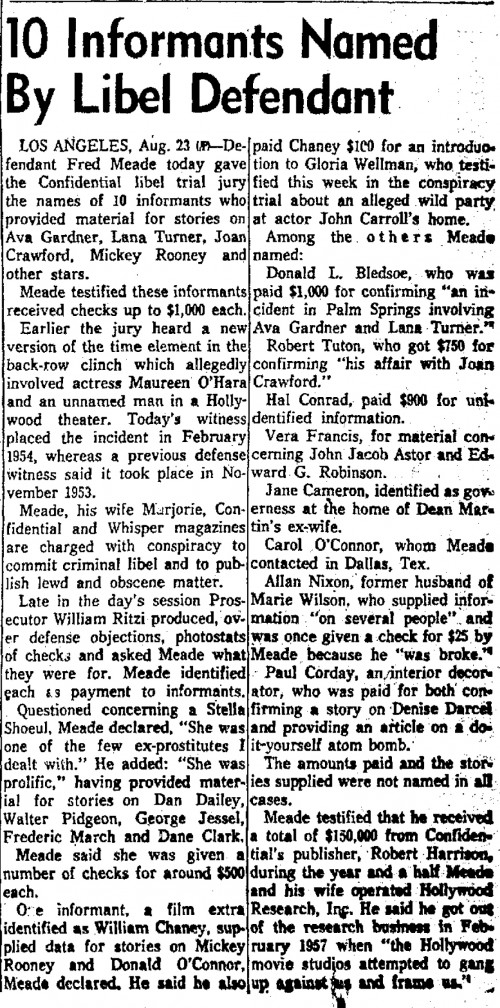
No details were offered. But, according to Shocking True Story: The Rise and Fall of Confidential, “America’s Most Scandalous Scandal Magazine”, “Vera Francis, a black actress, was paid for a story on her affair with socially prominent John Jacob Astor.” (I believe it was this John Jacob Astor — a family with enough scandal that whatever info Vera sold is a footnote too small for me to bother researching. At least right now.)
Jet, January 2 1958: Words fail, so I quote:
Ex-actress Vera Francis writes pals from the West Indies that she’s been secretly wed to a white employee of the New York Central Railroad she met at Billy Graham’s recent revival meeting.
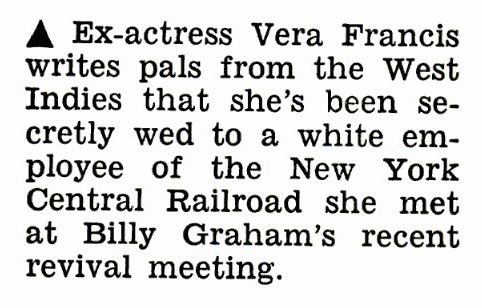
Jet, May 15, 1958: “Former actress-model Vera Francis has turned “producer” in Jamaica, BWI. She presented her husband, George Handiwerk Jr., with a bouncing seven-pound, three-ounce daughter.”
The Gleaner, August 24, 1958: Mentions that Mrs. Vera Handwerk (the guest of Mr. and Mrs. Carby) is slated for the leading role in Calypso, to be filmed in Jamaica.
Jet, June 18, 1959: Vera “now Mrs. George Handwerk Jr. is four months again on her motherhood career, leaving behind in Kingston, Jamaica, her German husband to mind the first-born which she visits her sister.”
Jet, August 27, 1959: Vera Francis divorced “her white husband, George Handwerk,” married on September 8, 1957. They had a daughter, Francena, and Vera was pregnant with a second child.
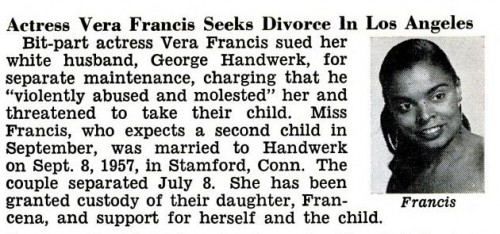
Jet, January 14, 1960: “Pretty actress Vera (Francis) Handwerk gave birth to an eight-and-one-half pound girl, Janna, her second, in Jamaica, Britsh West Indies.” Here’s the photo that accompanied the news bit.
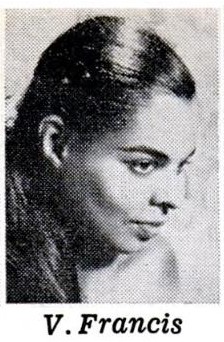
The Gleaner, November 26, 1961: Vera is listed as the hostess who also M.C’eed a fashion show at Babs Boutique.
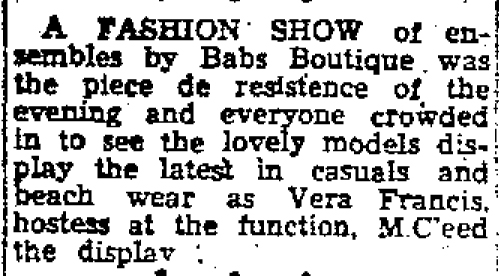
But by September 1962, in Negro Digest (Black World), people were wondering where Vera Francis was.
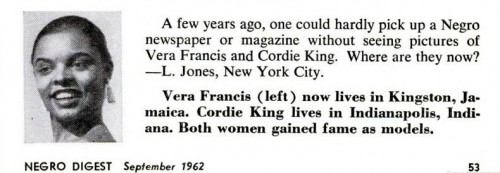
The Gleaner, October 3, 1964: Vera is listed at the Bunny Mother for the Jamaican edition of the Playboy Bunnies.
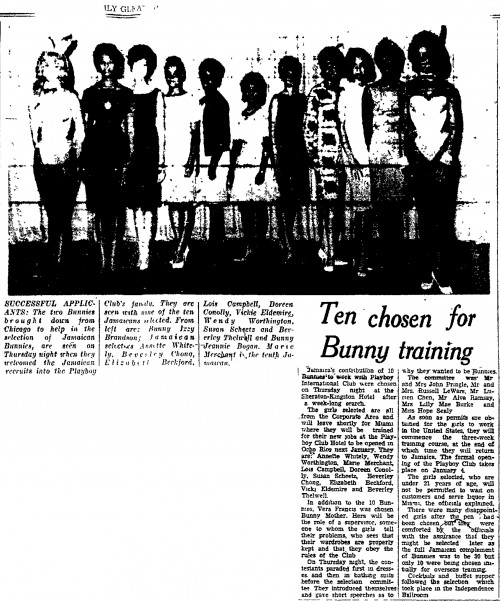
Pontiac Daily Leader, February 12, 1969: She is mentioned as the “former Vera Francis” — now the Mrs. in Mr. and Mrs. Harlan Robertson. The couple, along with son Randy, were in Odell visiting Vera’s father, Perry Francis. No mention of the daughters.

Nowhere do I find any proof of Vera’s “outspoken role in civil rights”, though clearly she lived her life as a woman who resisted labels and limits — in terms of color and gender.
Additional image/info: In June of 2011, Bonhams auctioned off a lot of Vera Francis archives for $915.
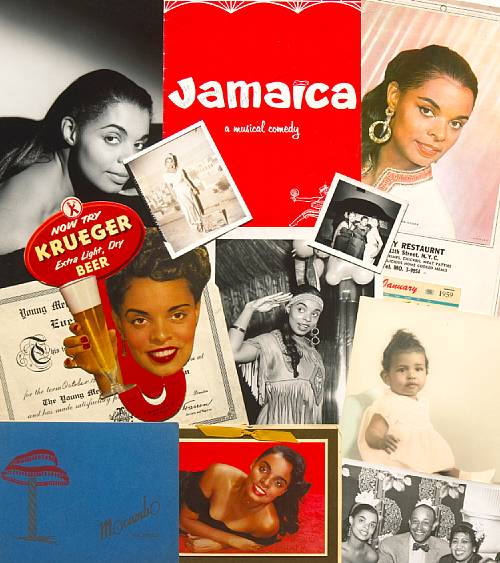
, “I bet there aren’t many of these left in existence.”
